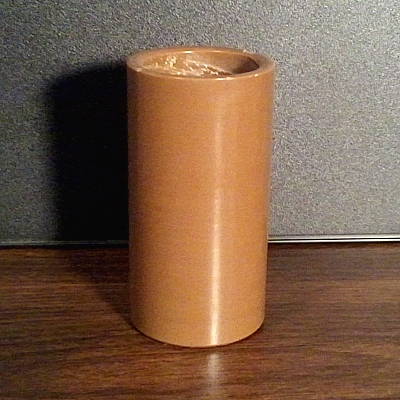

 |
| Stephanie - Gavotte |
| Edison Grand Concert Band |
| Edison Brown Wax #89 |
| 1897-1902 |
| Note: Played at 140 RPM. Here's a version with reduced highs. |
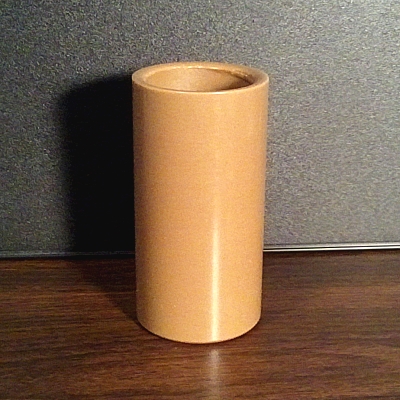 |
| Massa's in the Cold, Cold Ground |
| W. Paris Chambers (cornet) (w/ piano) |
| Edison Brown Wax #2422 |
| 1898-1902 |
| Note: Played at 132 RPM. Some tiny spots of light mold. They sound bigger than they are though. |
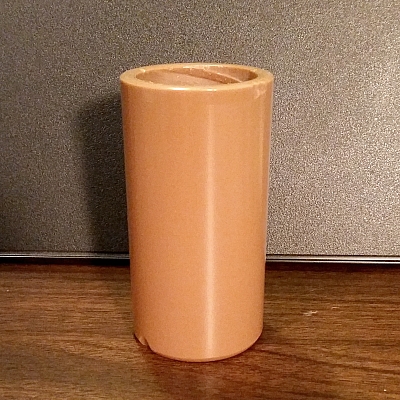 |
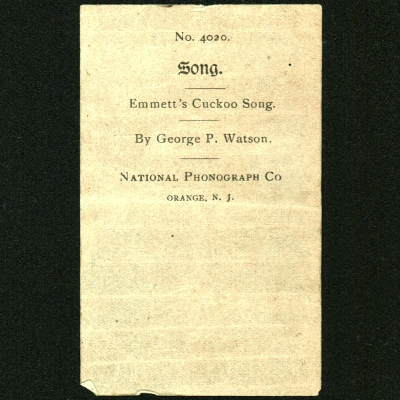 |
| J. K. Emmett's Cuckoo Song | |
| George P. Watson | |
| Edison Brown Wax #4020 | |
| March 1898-1902 | |
| Note: Speed was inconsistent but playing area is in mint condition. | |
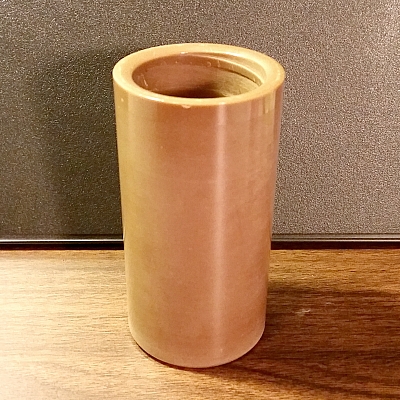 |
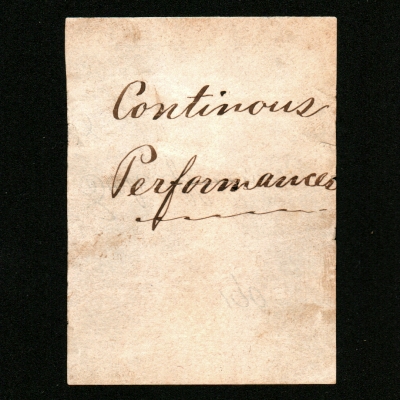 |
| Continuous Performances From "The Ameer" | |
| S. H. Dudley | |
| Edison Brown Wax #7366 | |
| November/December 1899-1902 | |
| Note: Played at 132 RPM, probably closer to 1899. Very light mold. Here is the Berliner version. | |
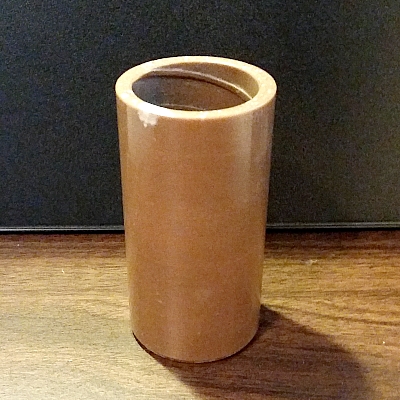 |
| The Ameer - March |
| Peerless Orchestra |
| Edison Brown Wax #7442 |
| June 1900-1902 |
| Note: Played at 144 RPM. Light mold, a few stripped grooves. Home recordings Before and After Main performance. |
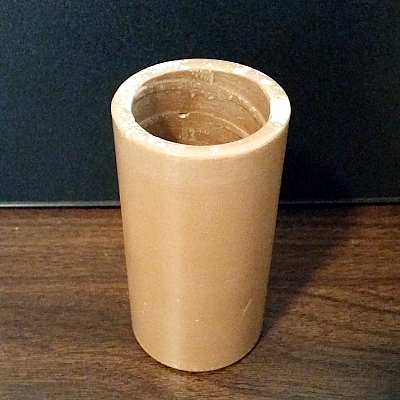 |
| La Sonnambula - Fantasia |
| William Tuson (clarinet) (w/ piano) |
| Edison Brown Wax #7626 |
| November 1900-1902 |
| Note: Played at 144 RPM. Light mold but mint sound. |